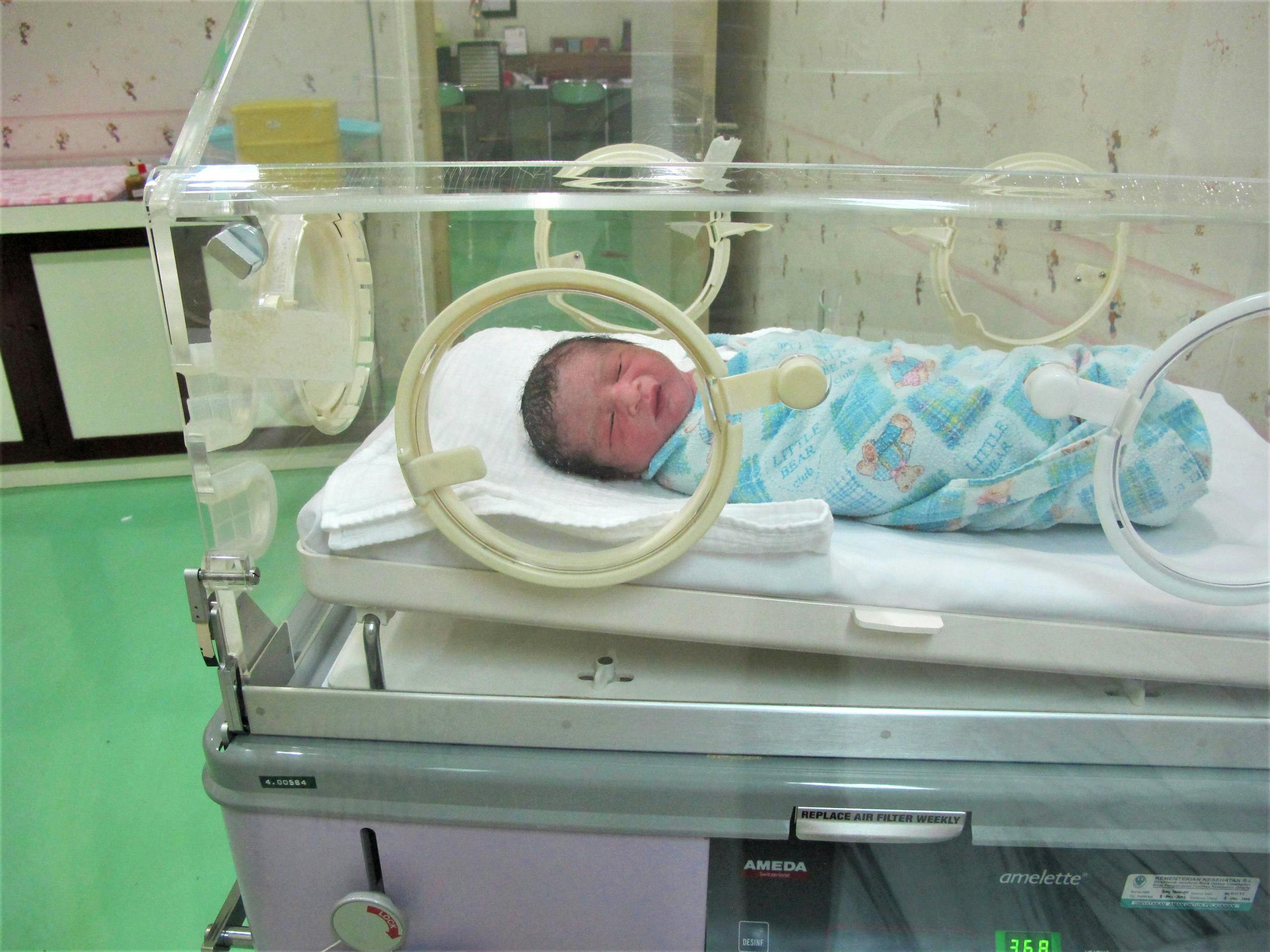Suddenly, everything shifts. The anticipation of meeting your little one is replaced with a rush of new questions. Preterm birth—when your baby arrives before the 37th week—can feel like pressing fast-forward on a story you hoped would play out a bit longer. Perhaps you’ve wondered if your own health, stress levels, or family history could shape your baby’s arrival. Maybe the flurry of medical terms—neonatal intensive care, gestational age, respiratory distress syndrome—is overwhelming, or the thought of navigating the complex web of newborn care feels daunting. Questions swirl: Will your child grow strong? Is every breath a struggle for preemies? Could you have done something different? Here, the goal is not only to provide information but also to offer reassurance, clarity, and a path towards understanding.
From causes and risk factors to innovations in neonatal care and the emotional ups and downs for families, each point will be untangled. Explore the spectrum of prematurity, the ways to spot early warning signs, the toolbox for prevention, and above all, how specialised, evidence-based support can change the outlook for you and your child. Ready to chart a gentle path forward, one step at a time?
What is preterm birth? Unravelling the basics
The term preterm birth refers to any baby born before reaching the 37th completed week of pregnancy. Picture the standard timeline: a full-term pregnancy stretches to 40 weeks, allowing organs to mature thoroughly. When a baby is born early—be it at 36 weeks or as soon as 28 weeks—their body is less prepared for life outside the womb. This gap in development is not just a matter of days or numbers; it means the lungs, gut, brain, and immune defences might all be playing catch-up.
Preterm birth is classified based on how early the baby arrives:
- Moderate to late preterm: 32 to less than 37 weeks
- Very preterm: 28 to less than 32 weeks
- Extremely preterm: Below 28 weeks
Does every preterm baby face the same challenges? Not at all. The earlier the delivery, the higher the hurdles, especially when it comes to breathing, feeding, and fighting infections. Globally, around 13.4 million preterm births occur each year—putting many families on a rollercoaster of neonatal care, making the awareness of warning signs and access to specialised interventions more important than ever.
You might wonder: “What puts my baby at risk?” Or, “How can I give the best support if preterm labour starts?” These worries are natural, and knowledge is the first step to empowerment.
Causes and risk factors: disentangling the web
Why does preterm birth occur? Often, the answer sits at a crossroads—sometimes several factors overlap, and occasionally, despite thorough monitoring, no single cause is identified.
- Medical influences: Chronic maternal illnesses are a recurrent theme—think hypertension, diabetes mellitus, asthma, or even conditions like thyroid disorder. Pregnancy complications such as preeclampsia, placenta previa, and carrying multiples heighten the risk. Infections, specifically urinary tract or lower genital tract infections (like bacterial vaginosis), have strong links with premature contractions.
- Lifestyle triggers: Exposure to tobacco smoke, alcohol, recreational drugs, or ongoing severe stress can tip the balance unfavourably. Poor nutrition during pregnancy and overexertion are also influential. Even physical abuse or unsafe home environments may push the body toward an early delivery.
- Genetic and social aspects: There’s evidence that a family history of preterm birth nudges your own risk higher, and genetics may subtly steer the ship. For some, the local environment—be it pollution, stressful urban living, or poor access to healthcare—adds another layer of vulnerability.
- Maternal age: Teen pregnancies as well as pregnancies beyond 35 carry additional risks, partly due to physiological (and sometimes socio-economic) challenges.
- Unpredictable factors: From sudden events like placental abruption to rare cervical or uterine abnormalities, the spectrum remains broad.
Questions from parents often revolve around self-blame. “Was it that walk I took? That cough? That missed check-up?” In reality, most cases have nothing to do with specific actions or minor lapses. Early detection, regular medical check-ups, and addressing these multi-layered risks are key.
The spectrum of prematurity and its impact on your baby
Prematurity isn’t a one-size-fits-all category. Consider these degrees:
- Mild prematurity (32–37 weeks): Many babies in this group do well after a short hospital stay, sometimes needing minimal intervention for temperature regulation or jaundice.
- Moderate prematurity (28–32 weeks): Babies here might require breathing support, help with feeding, and close monitoring for infection or neurological complications.
- Severe prematurity (before 28 weeks): Survival now hinges on advanced neonatal support—ventilators, incubators, careful fluid balance and nutrition, and continuous observation.
Immediate impacts: what might you see?
Let’s break it down with examples:
- Respiratory distress syndrome is probably the best known—a direct result of immature lungs not producing enough surfactant (a slippery fluid that keeps air sacs open).
- Feeding issues surface when the coordination of sucking and swallowing is underdeveloped, and sometimes the gut isn’t quite ready for milk or formula.
- Temperature instability—small preterm bodies lose heat quickly and struggle to maintain stable body temperature. Incubators or radiant warmers become vital.
- Infections, everything from common colds to more serious bacterial threats, are more likely to take hold since immune systems are incomplete at birth.
- Other issues like jaundice (yellowing of the skin due to immature liver function), hypoglycemia (low blood sugar), and even intraventricular hemorrhage (bleeding in the brain’s ventricles) may arise, needing prompt intervention.
Long-term perspective
Parents often ask, “Will my child catch up?” The answer: Many do, yet extra vigilance is needed. Monitoring for:
- Motor delays, speech or cognitive delays, often highlighted in regular paediatric follow-ups.
- Cerebral palsy, hearing loss, or vision difficulties—more common with very early births.
- Conditions like asthma or persistent feeding issues, or even sensitive teeth and gums later on.
Celebrating progress, even if it comes a little slower, is vital. Advances in neonatal medicine, improved parental education, and early therapies offer new hope.
Specialised care: from delivery room to home
What really happens when a baby is born preterm? The journey often begins in the Neonatal Intensive Care Unit (NICU). The visual can be startling—monitors beeping, tiny bodies inside incubators, tubes and lines providing nutrition or delivering medications. But these are lifelines:
- Incubators: Think of these as temperate mini-environments, carefully adjusted to mimic the womb’s warmth and humidity.
- Artificial ventilation or CPAP: For babies whose lungs need extra help.
- IV nutrition and tube feeding: Until the digestive system can safely handle oral milk or formula.
- Frequent medical checks: For infection, blood sugar, jaundice, or neurological changes.
What about the emotional burden for parents? Here, skin-to-skin care, or kangaroo care, isn’t just symbolic. This closeness can stabilise the newborn’s vital signs, support breast milk supply, and strengthen parental confidence—one cuddle at a time.
Prevention: practical strategies and medical advances
Can preterm birth always be prevented? Not always. But early action and awareness can tip the odds in your favour. Here’s what medical science and experience show:
- Regular antenatal visits: Early and frequent check-ups let healthcare providers detect warning signs, screen for infections, and intervene before complications escalate.
- Lifestyle adjustments: Giving up tobacco, alcohol, and recreational drugs is universally advised; maintaining a balanced diet and reducing stress pay off beyond pregnancy.
- Supportive supplements and interventions: Progesterone therapy for high-risk women, cervical cerclage (surgical support for a weak cervix), or corticosteroids to mature a baby’s lungs are all well-known, scientifically supported options.
- Public health initiatives: Improved access to prenatal care, bans on smoking in public places, and community support systems reduce risk at a population level.
Reasonable spacing between pregnancies (ideally 18 months or more) has shown to lower the risk. And when preterm labour does begin, medications like tocolytics may buy precious hours or days—enough for a round of steroids or to arrange transfer to a higher-level care facility.
Innovations in neonatal care
Science is not standing still. Think smart incubators that automatically adapt temperature and humidity, or advanced monitors alerting nurses to the smallest change in heart or breathing rate. Improvements in feeding support, such as more effective tube feeding methods, mean even the tiniest babies are nourished safely. Research backs up the benefits of early, sustained kangaroo care—not just for body warmth or bonding, but also for improved long-term neurodevelopment.
Managing preterm labor and care post-birth
When preterm labor starts, the medical team responds quickly. There may be a rush of interventions:
- Tocolytics to delay contractions
- Corticosteroids for lung maturation
- Magnesium sulphate to provide neuroprotection in very early births
- Antibiotics if amniotic fluid is leaking (to stave off infection)
- Transfer to a neonatal centre if needed for advanced care
Post-birth, stabilisation comes first: supporting breathing, keeping temperature steady, monitoring for any emerging problems. Parental involvement, especially frequent skin-to-skin, remains central for both health and emotional recovery.
Life after preterm birth: ongoing support
Home at last—yet the questions don’t stop. Regular follow-up visits track growth, monitor developmental milestones, and ensure hearing or vision is tested. Early intervention services—such as physiotherapy, occupational therapy, or speech therapy—make a real difference for children who need a boost. Many children “catch up” entirely; others may grow at their own pace, each step forward a testament to resilience.
The emotional side, though, is often underestimated. Caring for a preterm baby can exhaust even the strongest parents—accepting support from relatives, community health workers, or mental health resources is not just reasonable, it’s encouraged. The path may be winding, but with structured support and up-to-date medical follow-up, the outlook for preterm babies continues to improve each year.
Key Takeaways
- Preterm birth means your baby arrives before 37 weeks—potentially needing extra care for breathing, feeding, or fighting infection.
- Medical innovations like neonatal intensive care and smarter incubators dramatically boost survival and health outcomes, even for very premature infants.
- Prevention is strengthened by routine antenatal care, healthy lifestyle choices, and timely medical interventions such as steroids or progesterone therapy for those at risk.
- Support for parents—rest, reliable information, family help, and professional advice—proves equally vital, both physically and emotionally.
- Many preterm babies thrive with the right blend of specialised medical care, early therapies, and parental resilience.
- Track your child’s progress closely and remember to reach out for help when needed. For personalised advice and free child health questionnaires, you can download the application Heloa.
Questions Parents Ask
Can preterm birth run in families?
Sometimes, yes—a family history can slightly raise the chance, but remember, it’s just one piece of the puzzle. Many other factors, from maternal health to unpredictable events in pregnancy, are important too. If preterm birth exists in your family, do share it with your doctor—they may suggest more careful monitoring or special precautions.
Are there ways to spot the early signs of preterm labor?
Certainly. Watch for signs like regular contractions, a dull lower back ache, pelvic pressure, changes in vaginal discharge (such as a fluid or mucus increase), or mild cramping. Even if symptoms seem minor, trust your gut and consult your healthcare provider for reassurance and timely advice.
How does having a preterm baby affect parents emotionally?
It is truly a mix—hope, anxiety, fatigue, perhaps even guilt and confusion may cycle through. Such emotions are entirely normal. Connecting with support groups, hospital counsellors, or paediatricians often gives comfort. Sharing your experience, even if just with a close friend or professional, is a strength—not a weakness. The important part is knowing that with each day, you and your baby grow stronger together.
Further reading:









